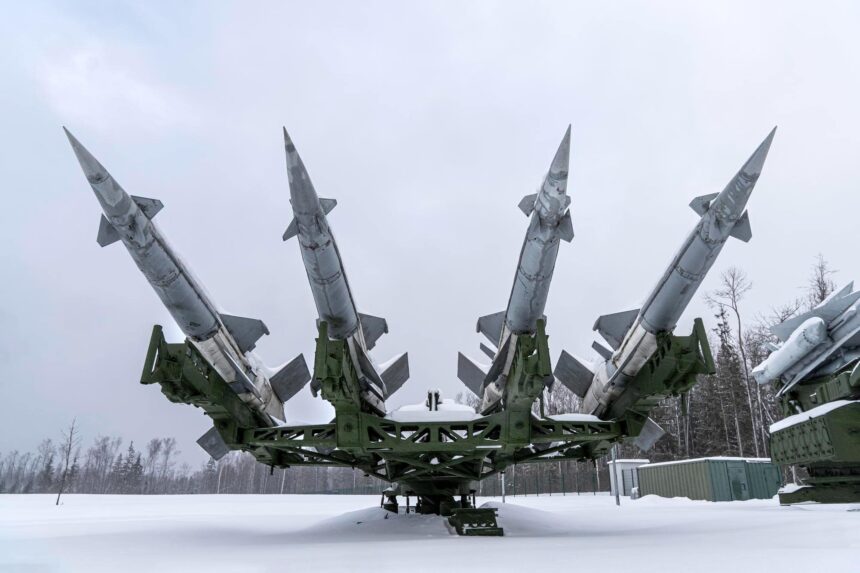Strategic missile defense systems are designed to detect and intercept incoming ballistic missiles, providing protection against potential missile threats. These systems employ a combination of technologies and strategies to accomplish their objectives. Here’s an overview of the key components and processes involved:
- Threat Detection and Tracking: Strategic missile defense systems use a variety of sensors, including radars, satellites, and infrared sensors, to detect and track incoming ballistic missiles. These sensors provide early warning by detecting the launch of missiles and tracking their trajectory.
- Discrimination and Identification: Once a missile is detected, the defense system needs to discriminate between actual threat missiles and other objects or decoys. Discrimination algorithms analyze sensor data, such as radar signatures and infrared characteristics, to differentiate between real warheads and countermeasures.
- Command and Control: Command and control systems play a critical role in coordinating the overall defense system. They integrate data from various sensors, assess the threat level, and make decisions regarding the appropriate response. These systems use sophisticated algorithms to determine the optimal interception strategy and allocate resources effectively.
- Interceptor Launch and Guidance: Interceptors are missiles or other defense assets designed to intercept and destroy incoming threats. Once a threat is identified, the interceptor is launched to intercept and destroy the incoming missile. Guidance systems, such as radar or infrared seekers, are used to track and guide the interceptor towards its target.
- Intercept Methods: There are multiple interception methods used in strategic missile defense systems:
- Hit-to-Kill: This method involves interceptors colliding with the incoming missile, destroying it through the sheer force of impact.
- Blast Fragmentation: Some interceptors use explosive warheads to destroy the incoming missile, relying on the blast and fragmentation effects to neutralize the threat.
- Directed Energy: In some cases, directed energy weapons, such as high-power lasers, may be employed to disable or destroy the incoming missile by focusing an intense beam of energy on it.
- Multi-Layered Defense: Strategic missile defense systems often employ a multi-layered defense approach. This involves having multiple layers of defense assets, such as ground-based interceptors, sea-based interceptors, and airborne interceptors, operating in a coordinated manner. Each layer is optimized to counter specific phases of missile flight, such as boost, mid-course, and terminal phases.
- Testing and Evaluation: Regular testing and evaluation of the missile defense system are crucial to ensure its effectiveness. This includes conducting simulated exercises, live-fire tests, and performance evaluations under various scenarios. By continuously assessing and improving the system’s capabilities, its reliability and readiness can be maintained.
It’s important to note that the effectiveness of strategic missile defense systems depends on factors such as the sophistication of the threat, the number of interceptors available, and the system’s overall capabilities. Complex systems like these require continuous research, development, and investment to keep pace with evolving missile technologies and countermeasures.








